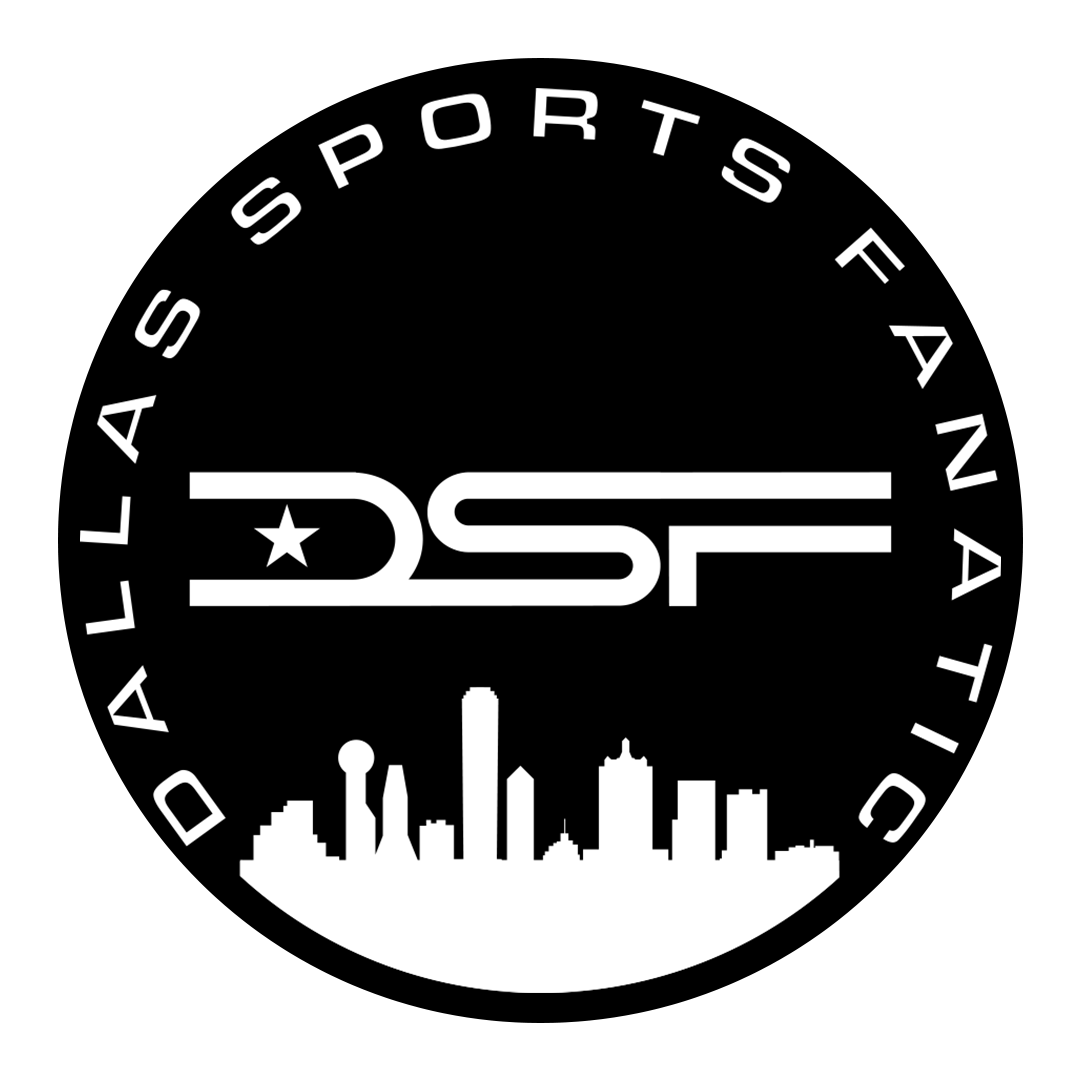The NBA’s Board of Governors is set to vote soon on a proposal that will significantly alter the draft lottery structure in efforts to combat tanking – most flagrantly seen with the Hinkie era Philadelphia 76ers and “Trust the Process”. But will it truly address the issue, or does it simply push the problem further down the line?
Currently, the top 3 teams have 25 percent, 19.9 percent, and 15.6 percent odds of landing the top pick. Under the reform, should it pass, the top three teams will uniformly drop to 14 percent odds each, with each subsequent pick decreasing a percentage point or two until the 14th overall selection. Furthermore, unlike the present system, where #1’s floor is 4, 2 is 5, and 3 is 16, the new setup would drop the bottom another selection – 1 to 5, 2 to 6, and 3 to 7.
The proposal also has language allowing Commissioner Adam Silver to fine teams for resting too many critical players on a single night, or before a nationally televised game. This last point is a clear effort to make sure that the product most often seen is of the highest quality possible – understandable given the importance of TV money to the health of pro sports leagues.
While this does create a more egalitarian system, it doesn’t eliminate the problem of tanking. Teams will still fight for a bottom 3 position because every single increased point of probability matters. In fact, should the reform pass, it will actually worsen tanking late in the season, resulting in some ghastly basketball in the last weeks before the playoffs. Mid-tier teams, particularly those who be all but certain to be knocked out of the first round by superior opponents, will instead have incentive to dodge the postseason and instead hit the lottery, where the chance to land a star player, however remote, is far more valuable long-term than any playoff revenue.
This becomes even more of an issue in years when there’s power imbalances in the conferences which result in say, a sub .500 team making the playoffs in the East, and a winning record punching a ticket in the West. Said winning team would be picking much lower than if they’d packed it in for the ping pong balls.
But while the plan fails to neutralize tanking and will actually incentivize it for the NBA’s middle class, it’s still one worth implementing because it provides a partial solution to the other problem plaguing the league – that of league power balance. Collectively, the worst three teams now have a 60.5 percent chance of getting the first overall pick. Under this switch, that changes to a 42 percent chance – or an 18.5 percent differential. That 18.5 percent is redistributed amongst teams 4-14 in a gradual step process, meaning that the lower-middle tier of the league (say, 6-12) now has a much better shot at jumping into the top three picks.
Thus, while rebuilding from the absolute bottom like the 76ers did will be more difficult, those franchises stuck in the bad to mediocre category now find their rebuild path considerably easier, and that could conceivably translate into a better overall distribution of talent in the NBA, creating more rapid acceleration cycles for franchises and somewhat improved parity in the middle class. And for those teams in that mid-tier who choose to go lottery hunting rather than a guaranteed first round exit? Getting that star with the right bounce jumps them up another level (assuming, of course, that it’s a class that has that type of talent at the top).
Ultimately, this is neither the most radical solution to two of the most pressing issues in the league, nor will it dramatically alter the shape and overall structure of the NBA. It’s a measured, careful step of a response to see what impact, if any, tinkering with the lottery will do to solve tanking and talent imbalance. It should have some effect, but to truly root out the sources of those issues will require far more drastic changes – not just with the draft, but with the parameters of the CBA and league rules as a whole.
Nor can the problems be entirely eradicated – at its heart, as I’ve said other places, by virtue of being 5 on 5, superstars matter most in the game of basketball, which makes it unique among team sports. Have one, or ideally two, and titles are possible. Without a leading light, an intermediate level is the best a team and its fans can hope for.


You must be logged in to post a comment Login
You must log in to post a comment.